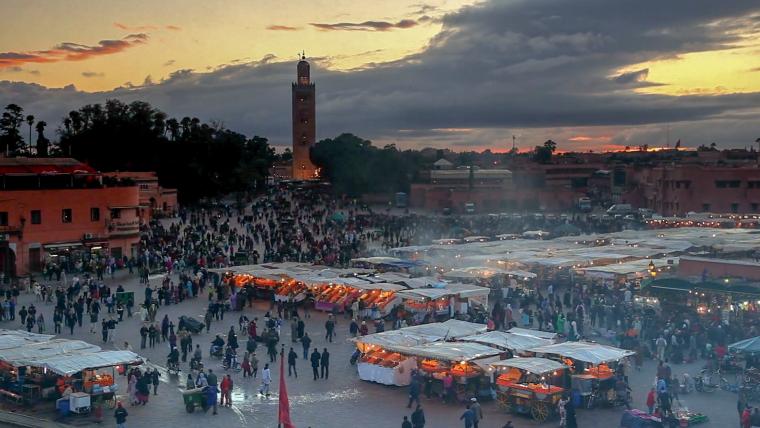
Marrakesh: Piecing together the Red City’s mosaic of marvels
Donkey carts piled high with oranges drift past taxis. The brays and beeps add to the bedlam of Marrakesh. This rhythm of mayhem is part of the fabric of the Moroccan city. Its preserved history and constant buzz draw thousands to the dusty landscape, stretching out between the Sahara desert and North Atlantic Ocean. Established in 1070, it passed through the hands of several conquerors. Raising palaces and mosques as tributes to their might, these dynasties turned the Red City into a mosaic of marvels.
While every major town in Morocco has an ancient centre, the Jemaa el-Fna Square sets Marrakesh apart. Henna artists, acrobats, musicians, and storytellers congregate in this souk, turning the market into an open-air theatre. The performance continues among traders. Merchants display gleaming leather slippers, djellaba robes, intricate jewellery boxes, and tagines laid out in rows – although buying them means doing a dance of negotiation.
It’s easy to get lost in the conversation and crowds of the square. Five times a day, the call of the Koutoubia Mosque brings locals back to purpose. Just around the corner of the bustling marketplace, this is an oasis of calm amid the organised chaos. Muslims gather in the 12th-century building to pray when the azaan sounds. Although non-Muslims are not permitted to enter, the minaret of this mosque is an icon for all. The mosque’s name dates back to the 1800s, when hundreds of booksellers, or kutubiyyin, offered their stories around the building.
In this country, handmade textiles have tales of their own. The grandeur of Morocco’s woven treasures is kept in pristine condition at Dar Si Said. Once the mansion of Si Said, one of the country’s primary executives, it was converted into the National Museum of Weaving and Carpets. Floral rugs represent the urban cities of Rabat and Casablanca, while the geometric Berber patterns originate from the Atlas Mountains and east Morocco area. Showcased on mosaic walls which meet filigree-carved ceilings, the museum is a spectacle itself.
Of all the wonders this city has to offer, the most popular is the Jardin Majorelle. This four-acre garden boasts approximately 300 species of flora from five continents. With Mexican agave, bamboo groves, and Chinese windmill palms, it’s a vision complemented by lily ponds filled with koi. The layout was conceived by late French painter Jacques Majorelle, whose art deco studio in the middle of the garden echoes the blue of the Maghreb skies. Now transformed into the Musée Pierre Bergé des Arts Berbères, it preserves approximately 600 artefacts from the region, including clothing, artwork, and jewellery.
Marrakesh is a whirlwind for the senses. The constant commotion, crumbling alleyways, and spectacular tilework provide travellers with enough inspiration for several lifetimes. This is the culmination of all the curiosities in the Kingdom of Morocco. Prepare to be blown away.
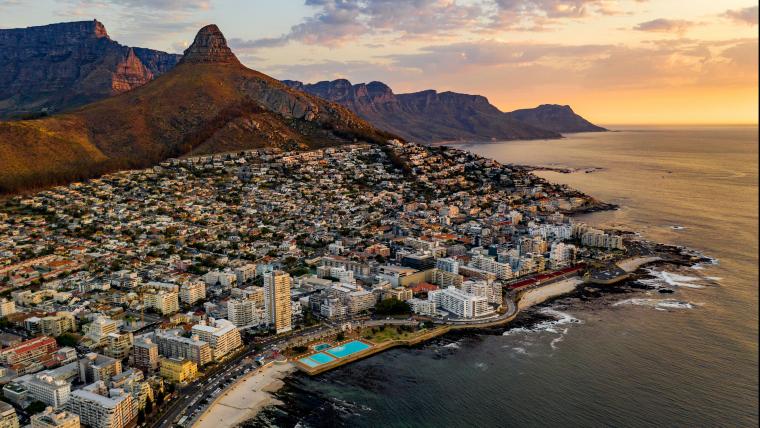
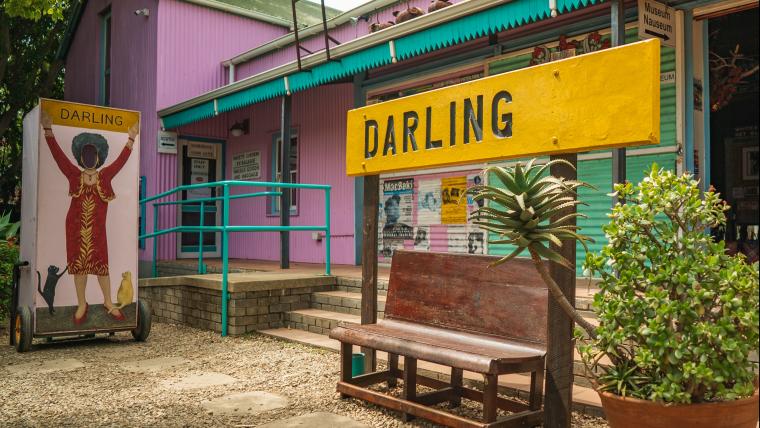
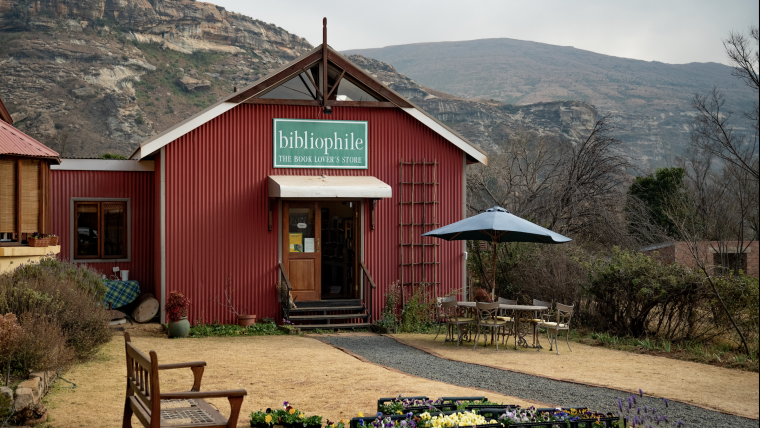
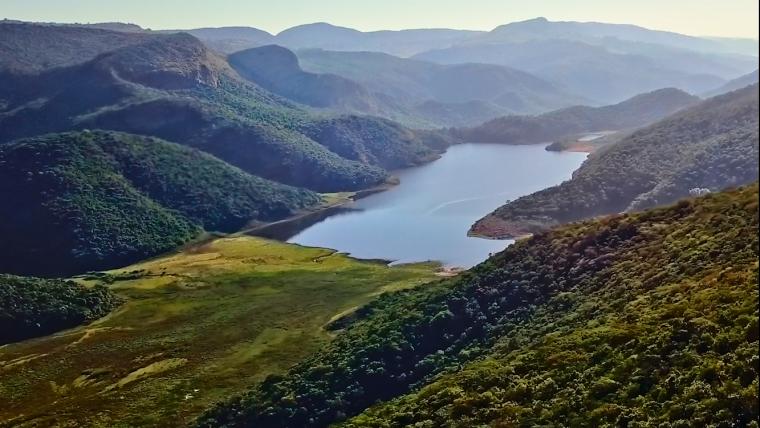
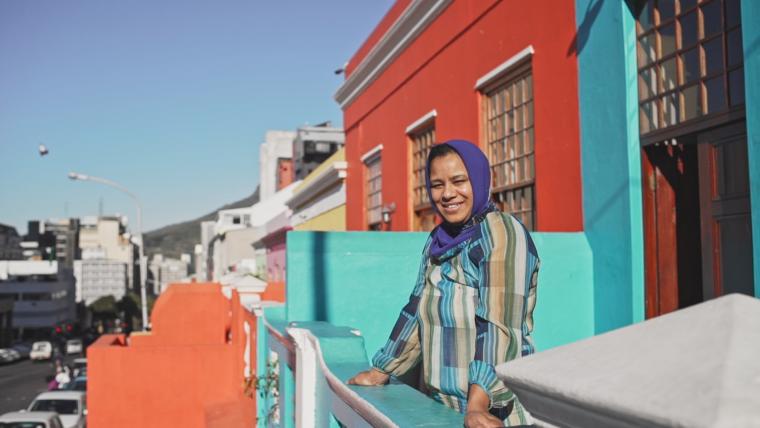
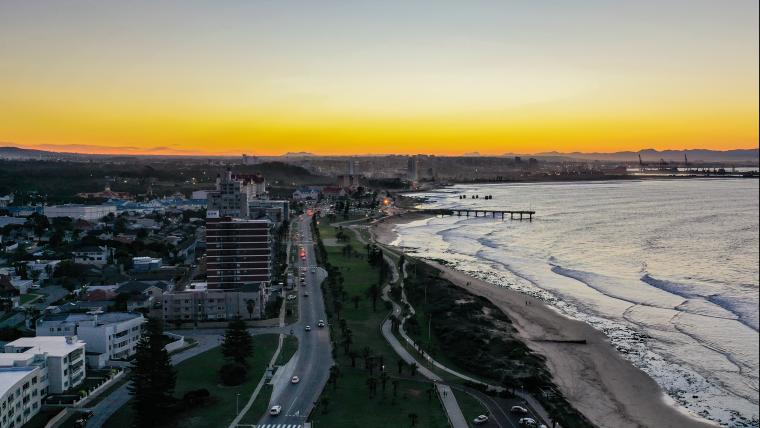
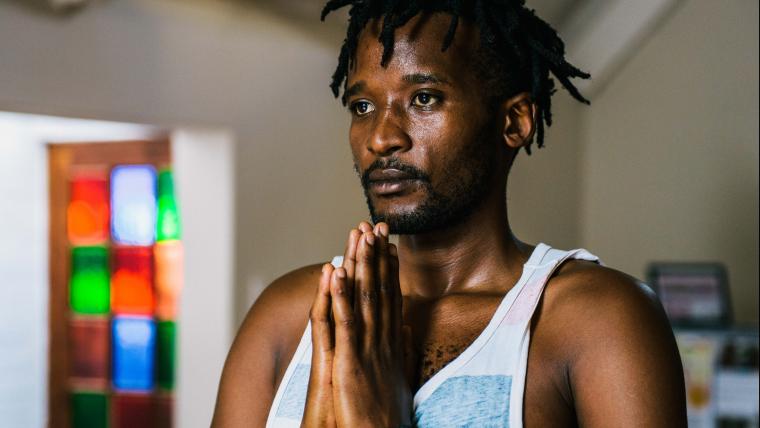
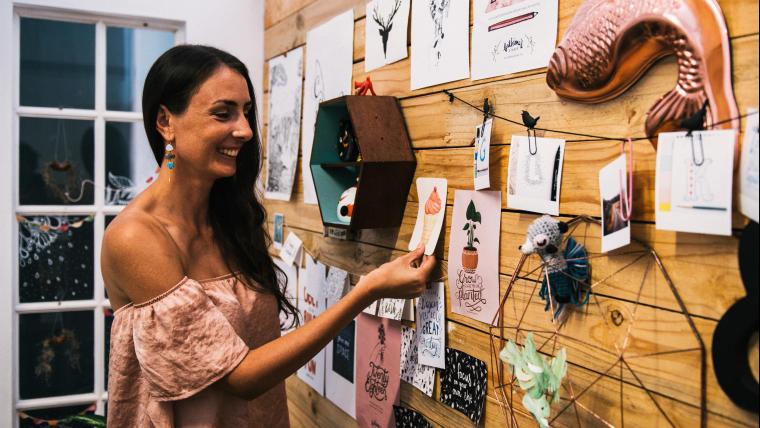
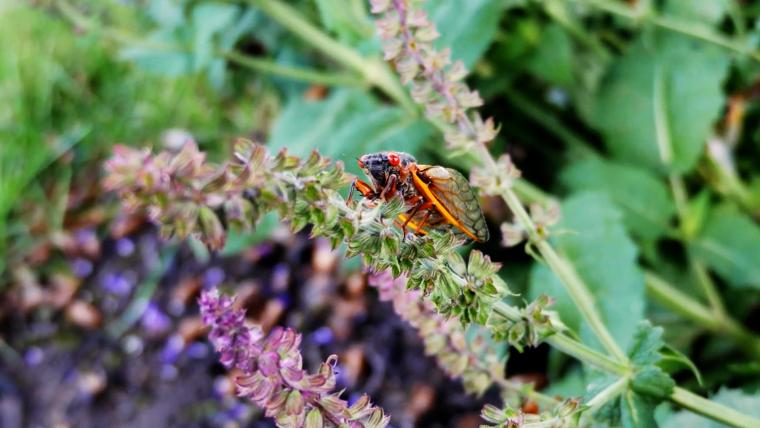
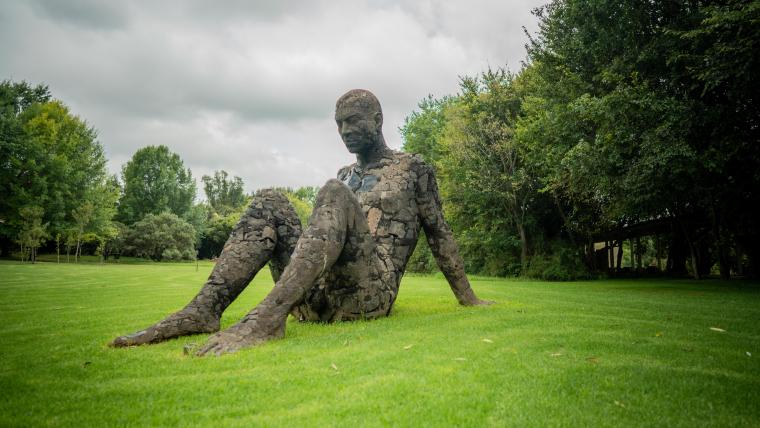




















Please sign in to leave a comment